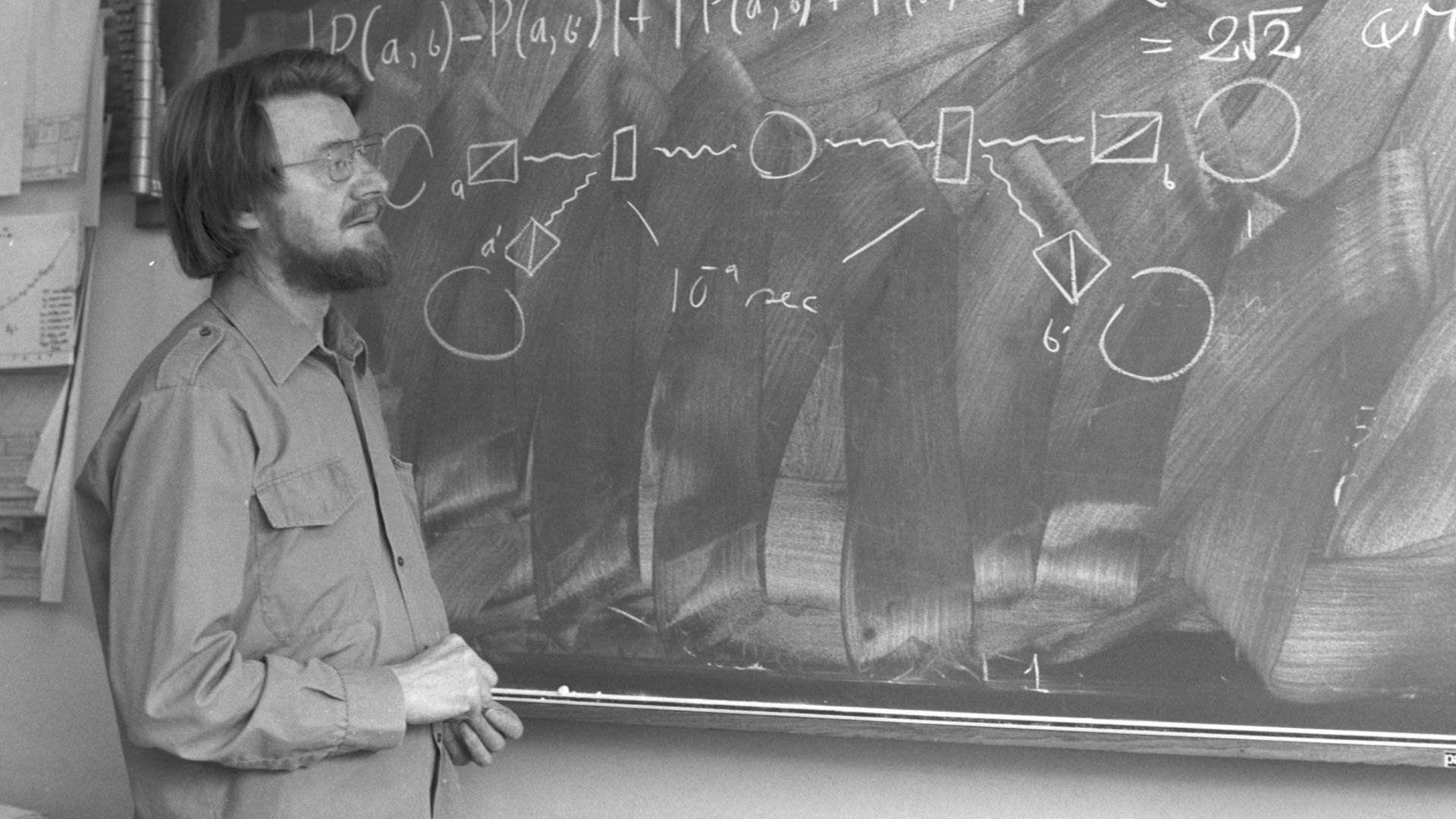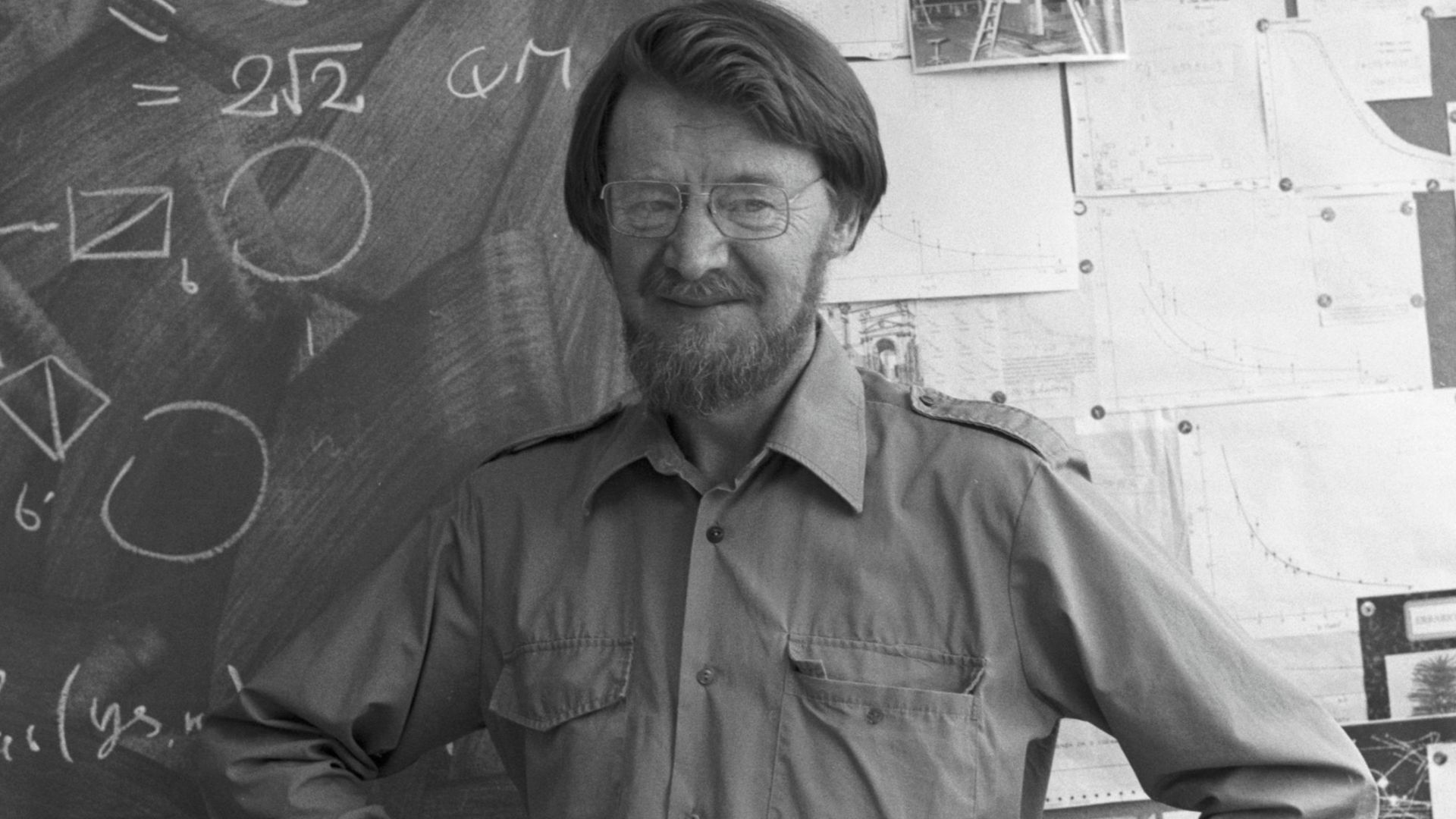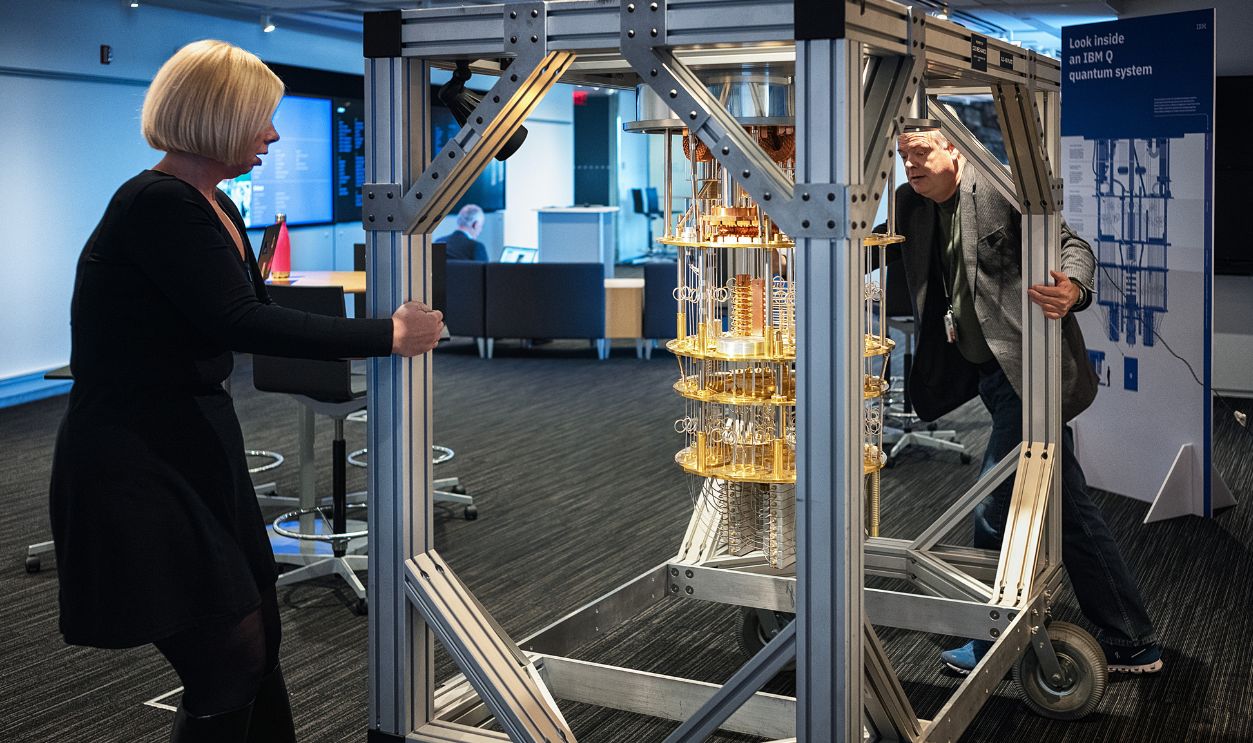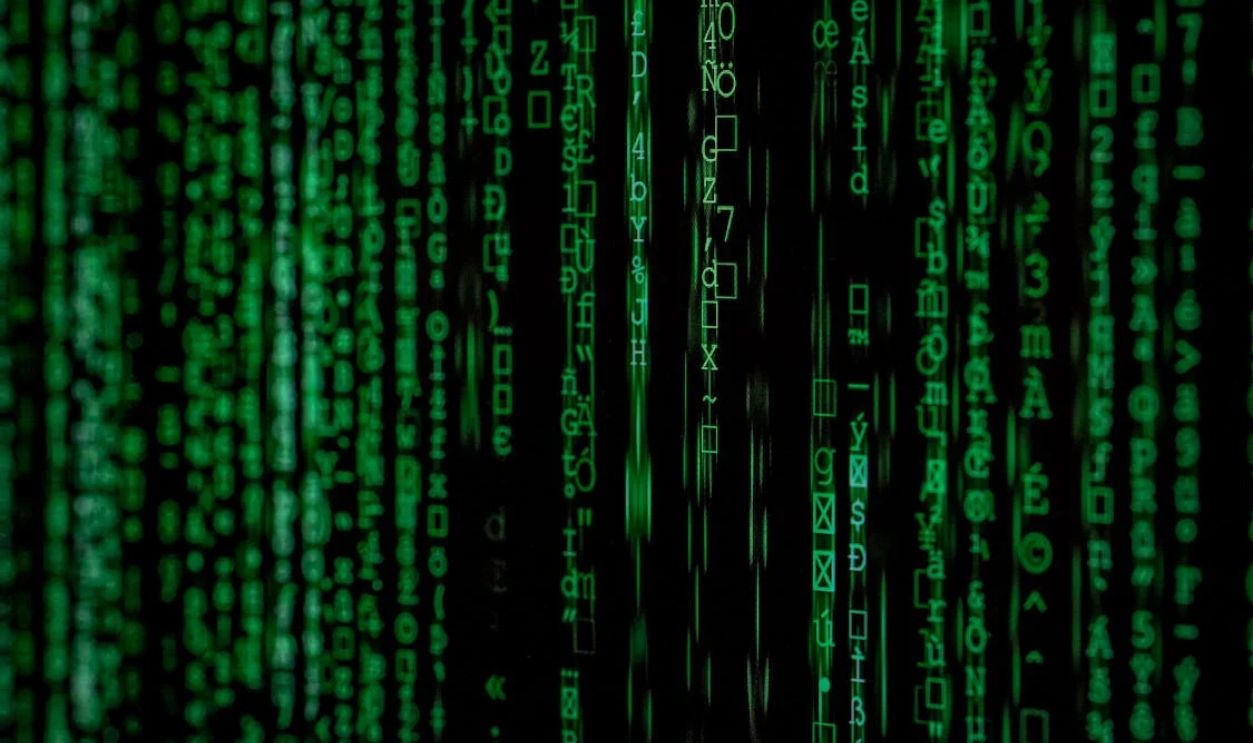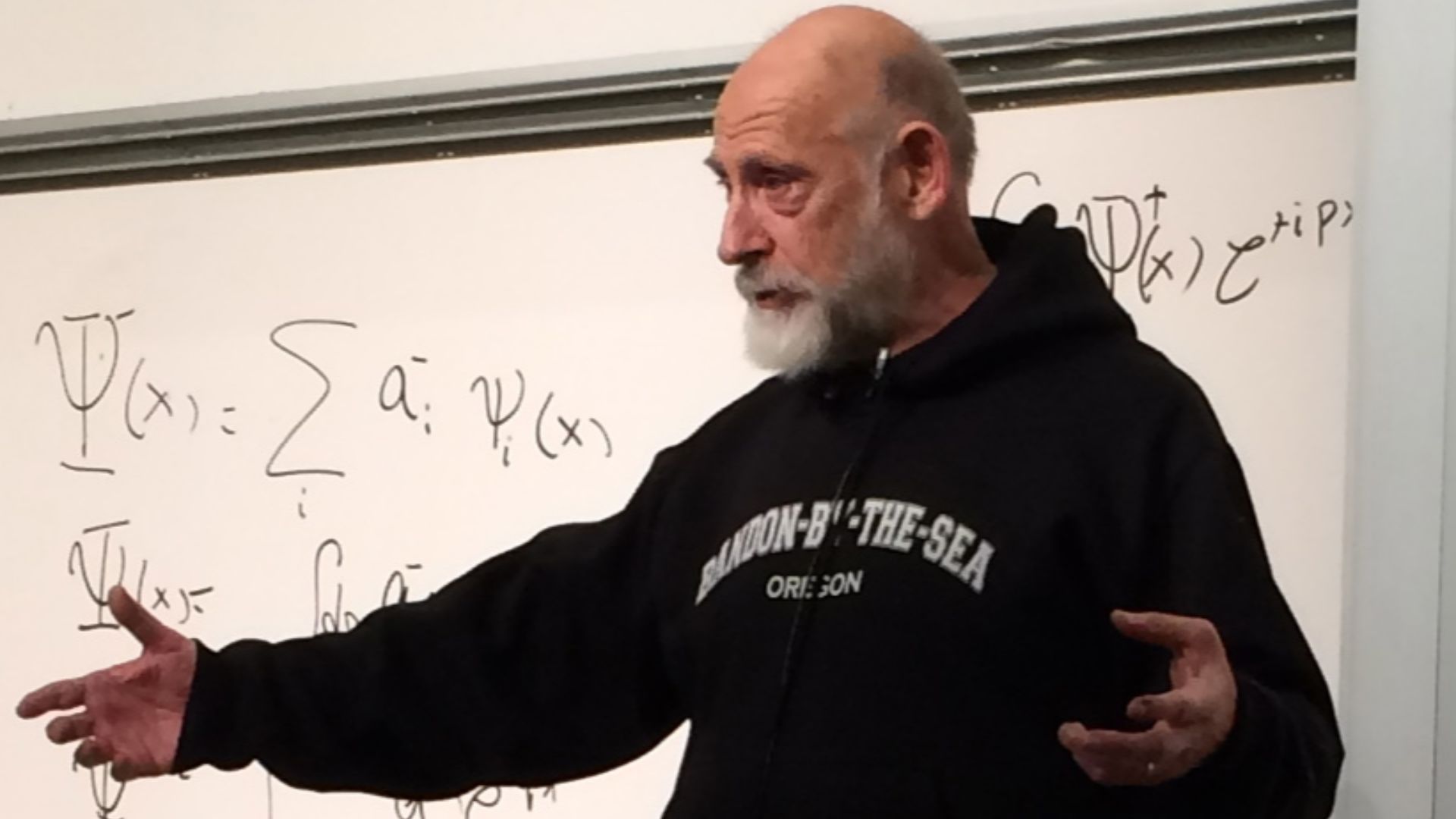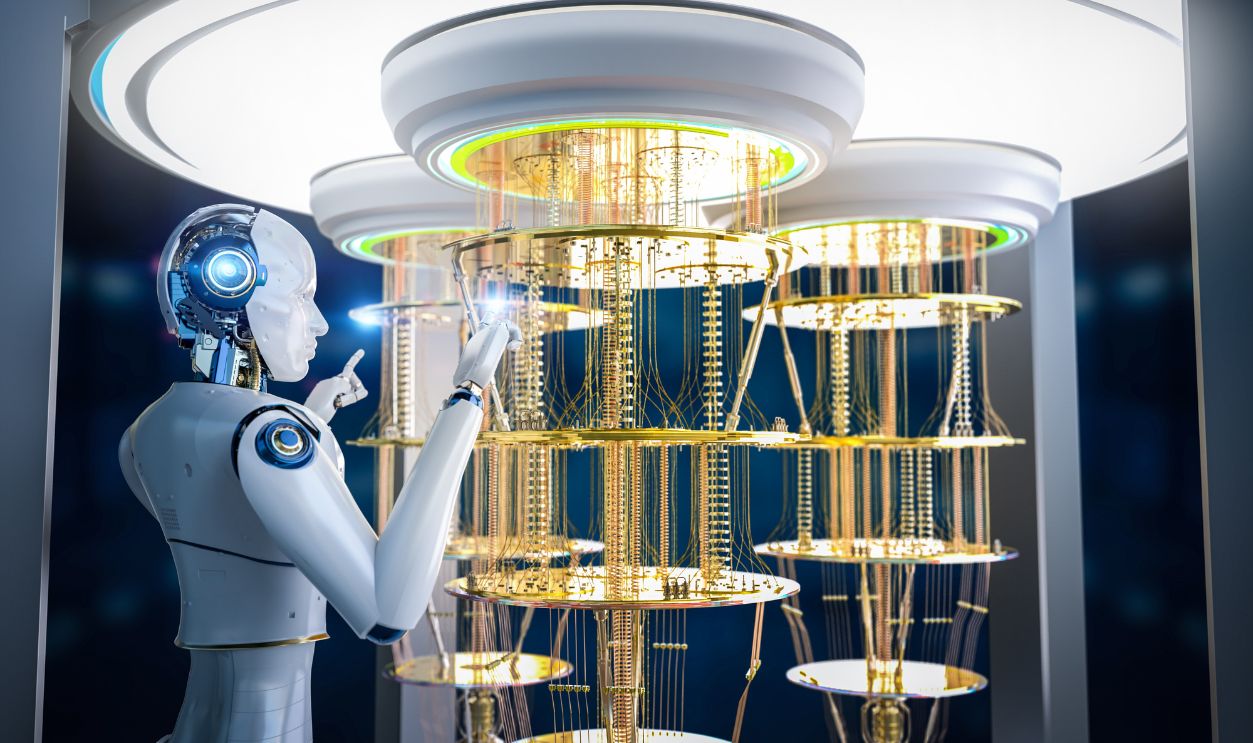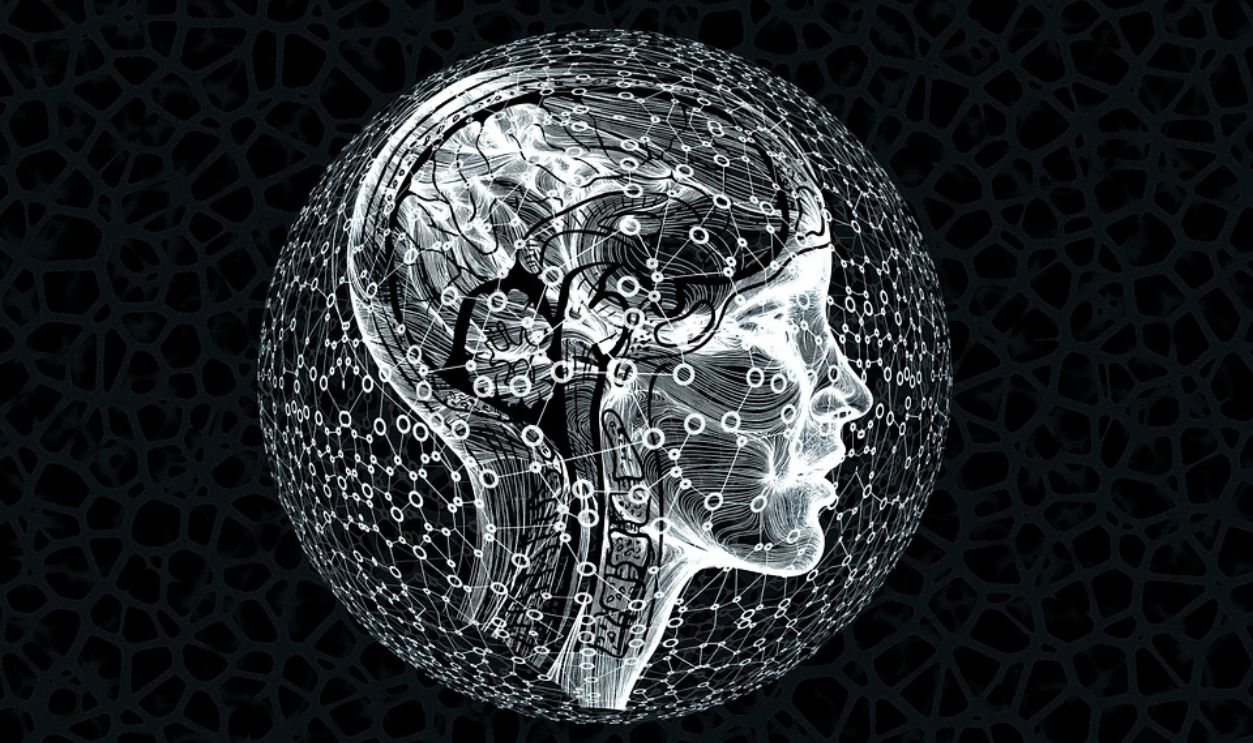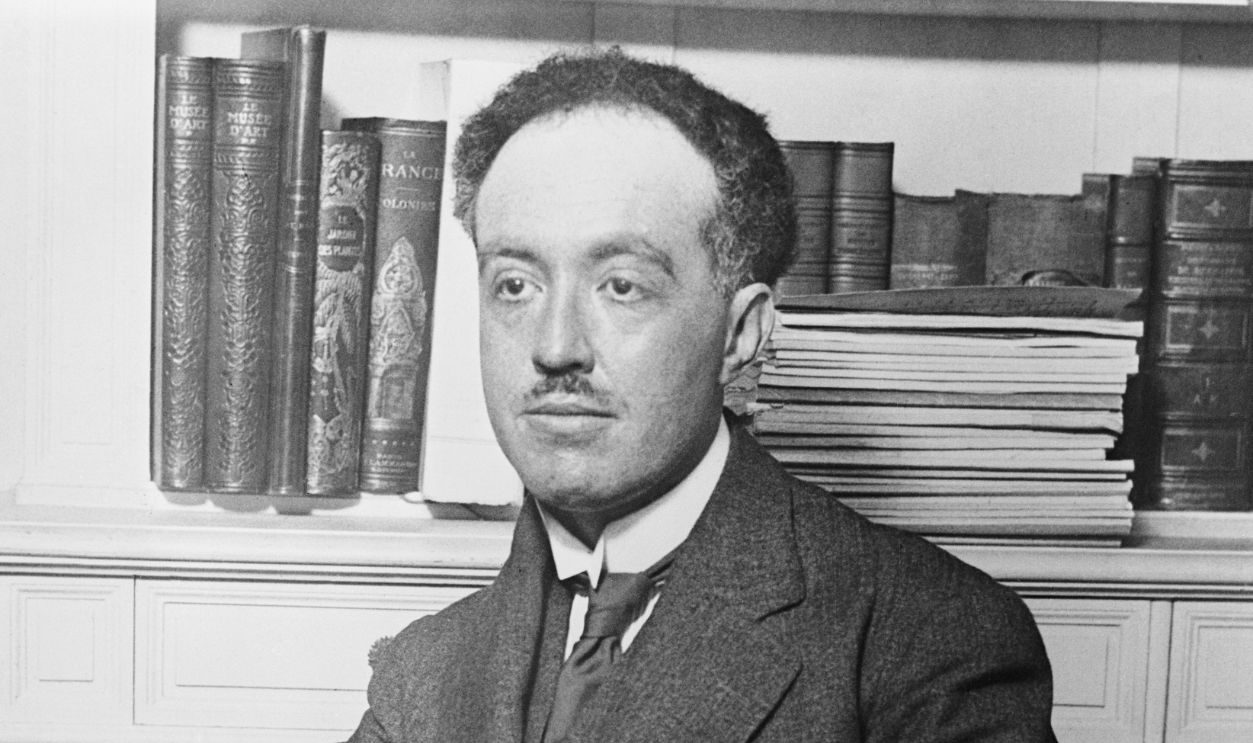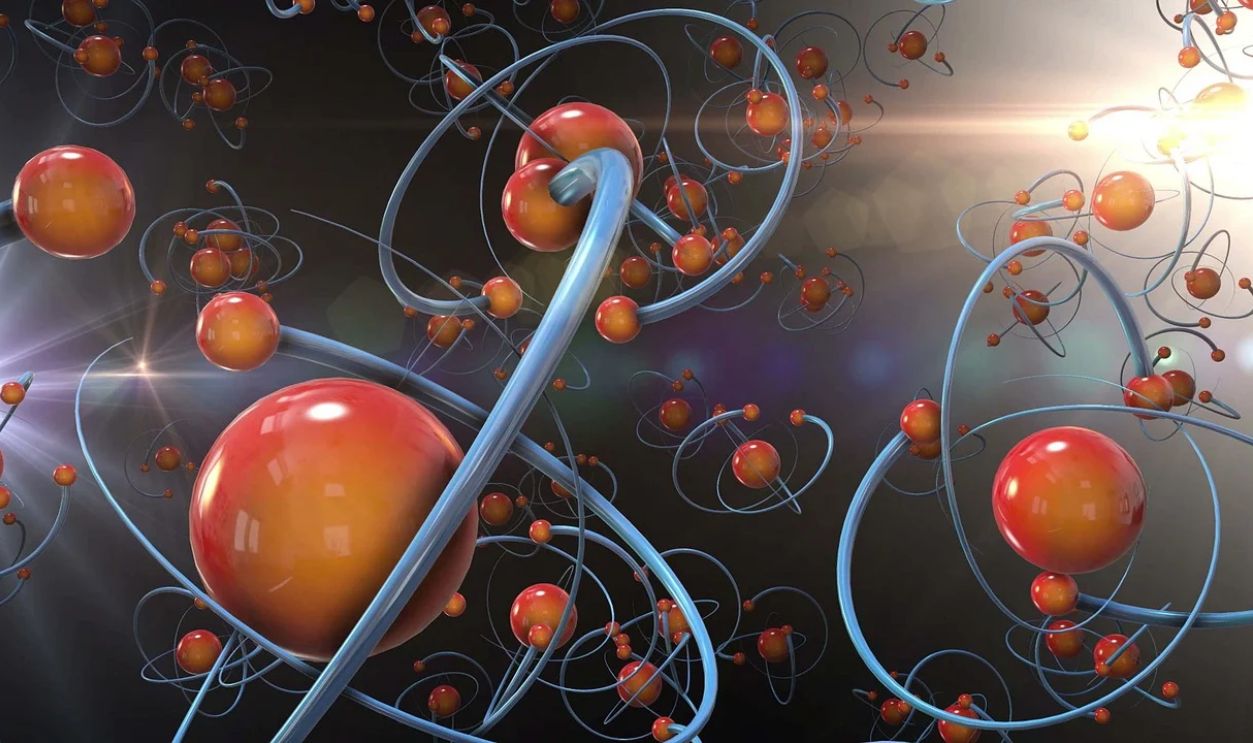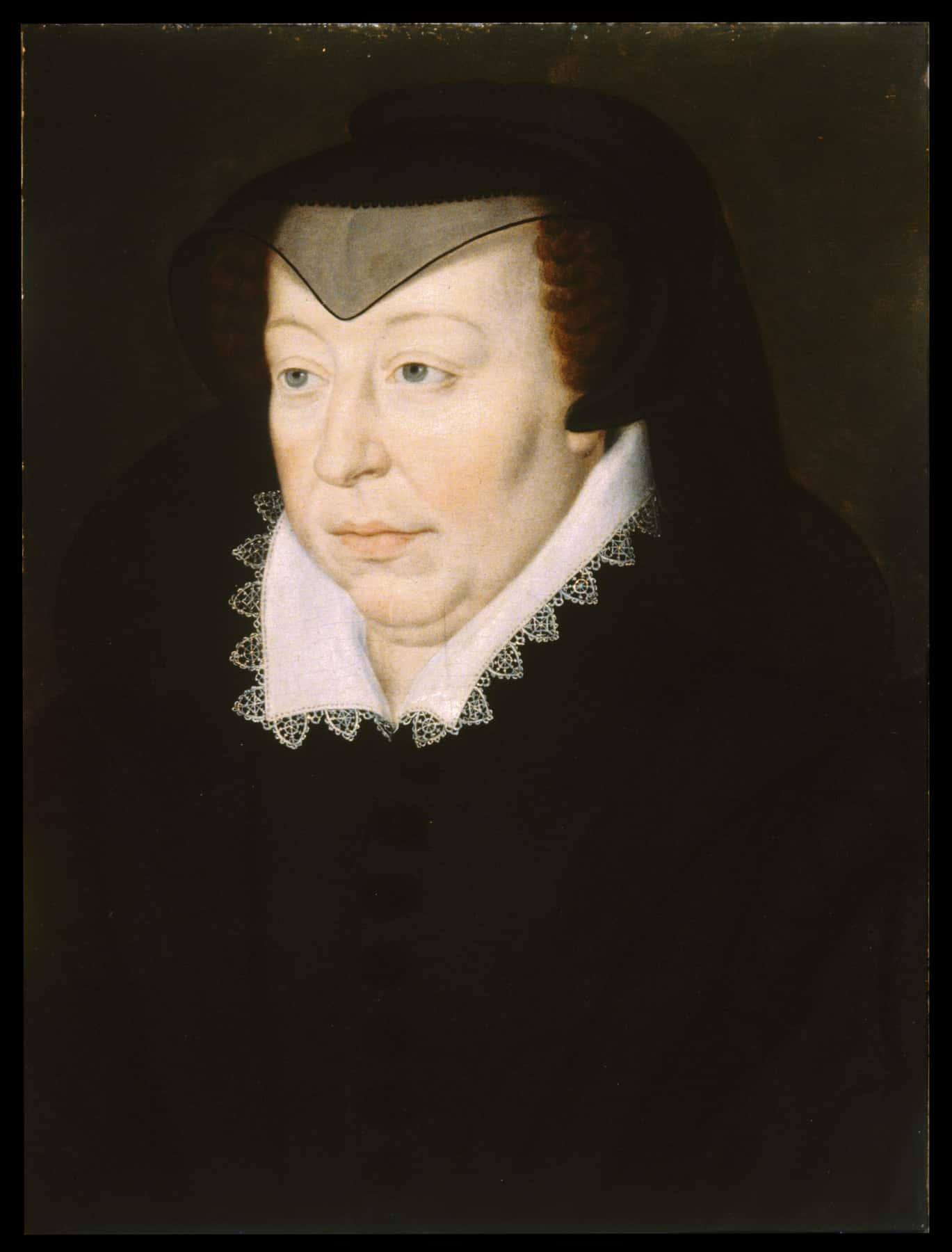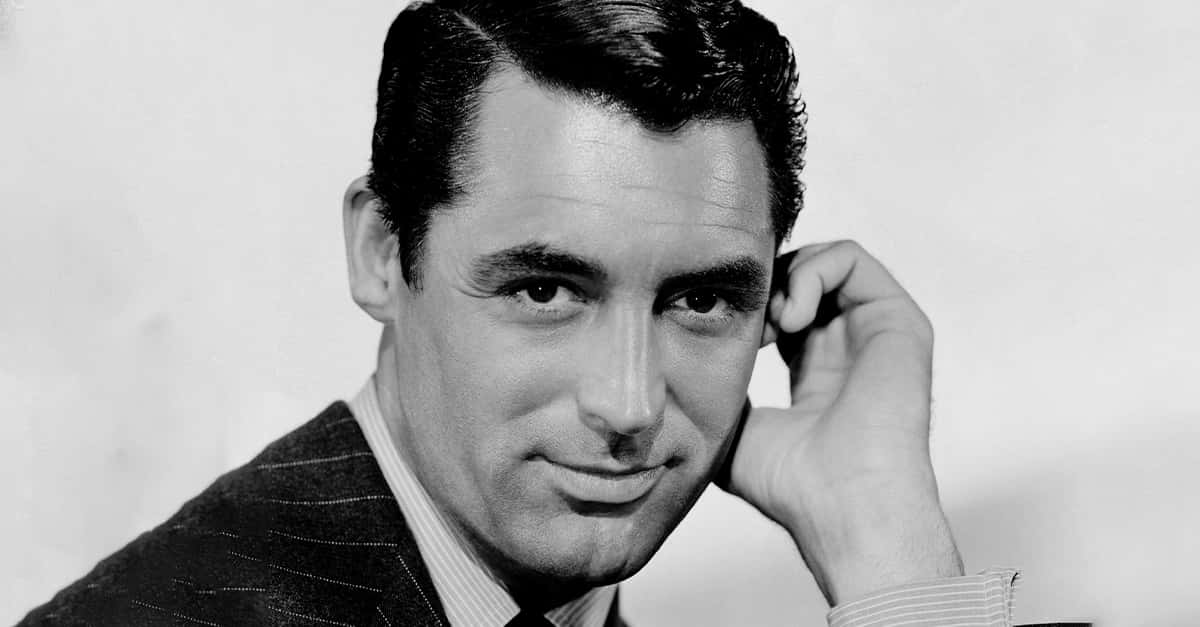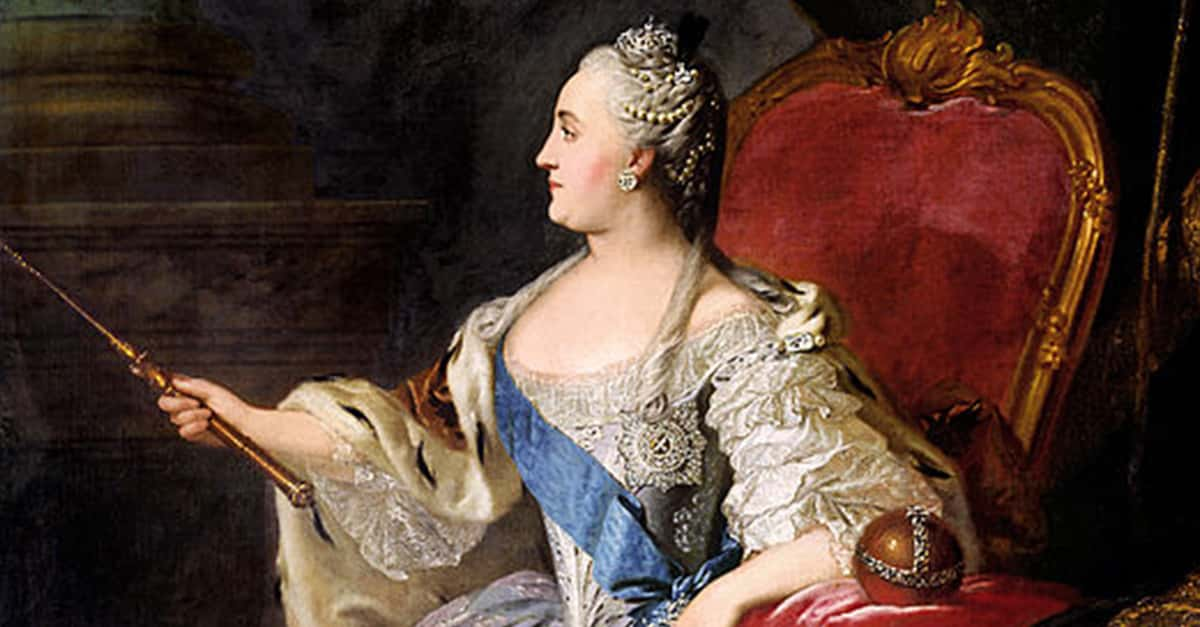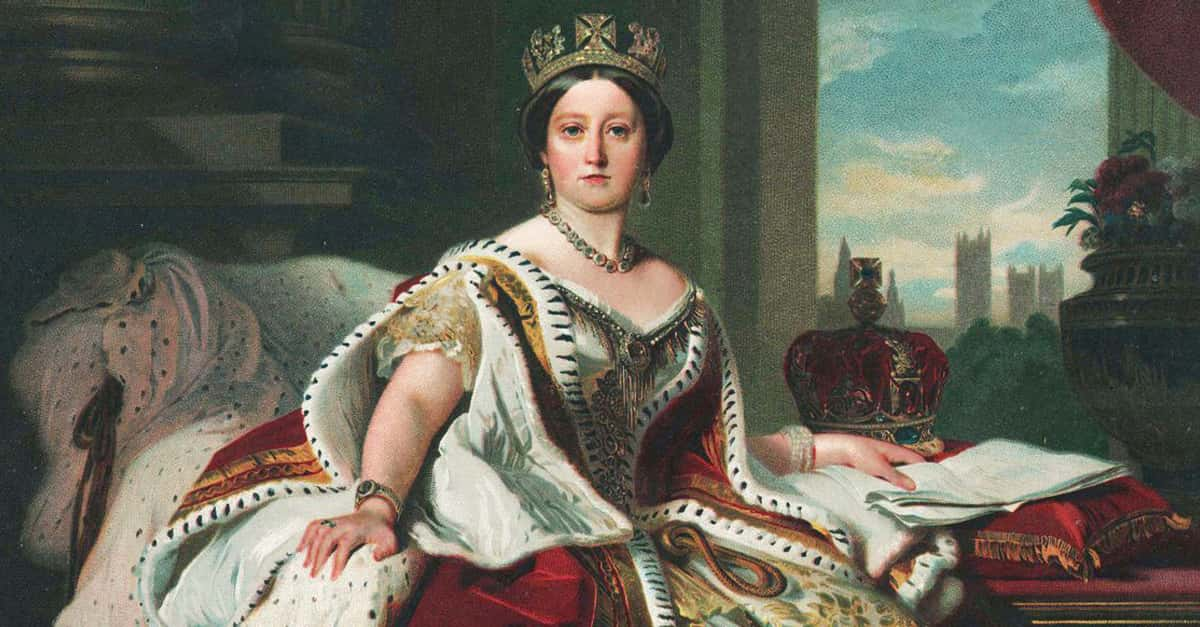When One Particle Knows What The Other Is Doing
Quantum entanglement means that two particles act like twins, always remaining in agreement, even if they're light-years apart. The moment you check one, the other reacts instantly.
This discovery shocked scientists—but it leads to even more unsettling conclusions.

The Moment Physics Went Off The Rails
In the early 1900s, physicists thought they had nearly figured everything out. Then came a problem with heat. Max Planck attempted to resolve the issue by postulating how energy behaves at microscopic scales. His guess opened the door to quantum theory, and chaos followed.
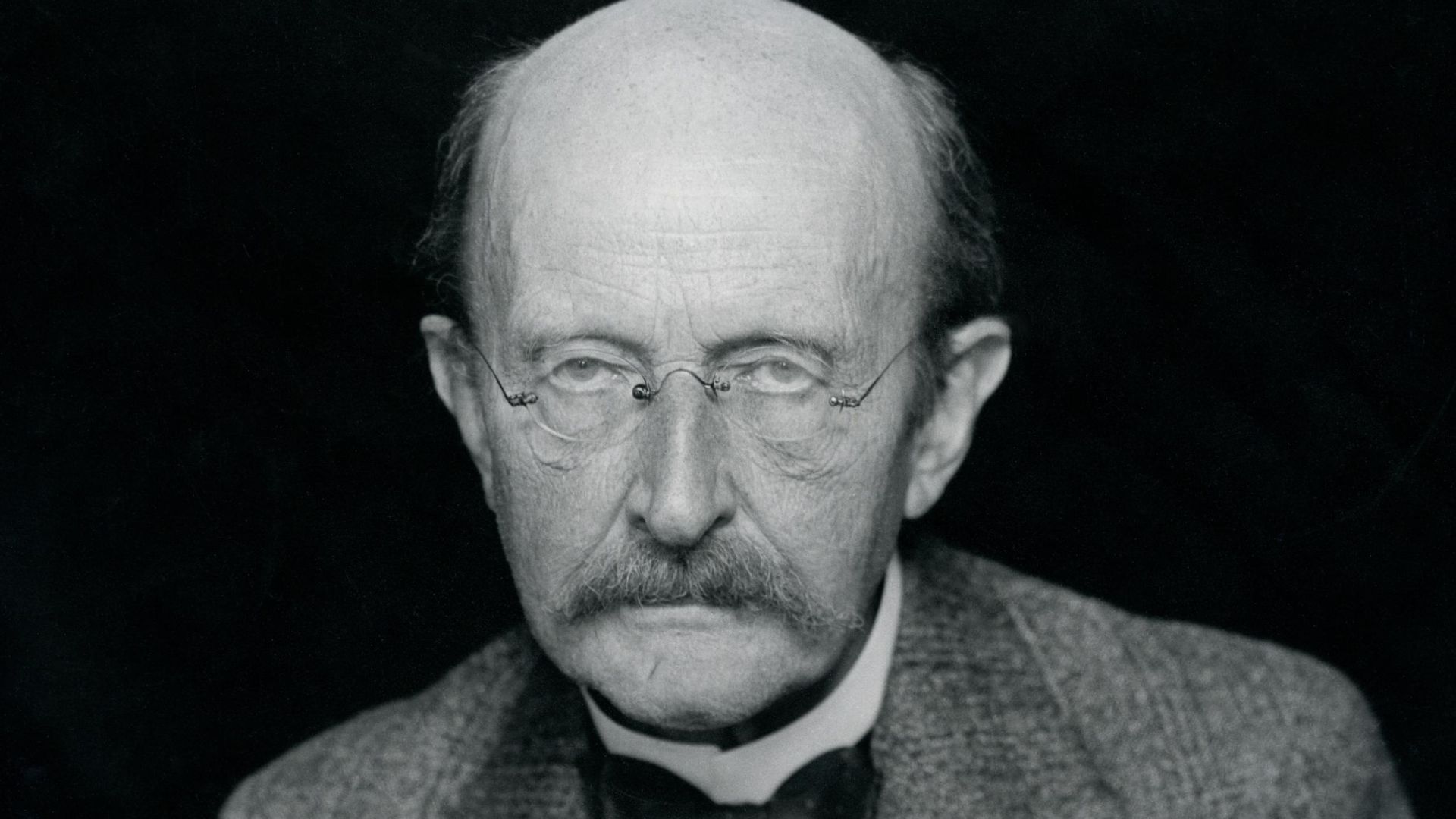 Hugo Erfurth, Wikimedia Commons
Hugo Erfurth, Wikimedia Commons
Why Einstein Thought Something Was Deeply Wrong
Einstein believed things here should only affect things nearby. But in 1935, he and two colleagues wrote a paper arguing that quantum physics allowed "spooky" behavior at a distance. If true, it meant the world might not work the way common sense suggests.
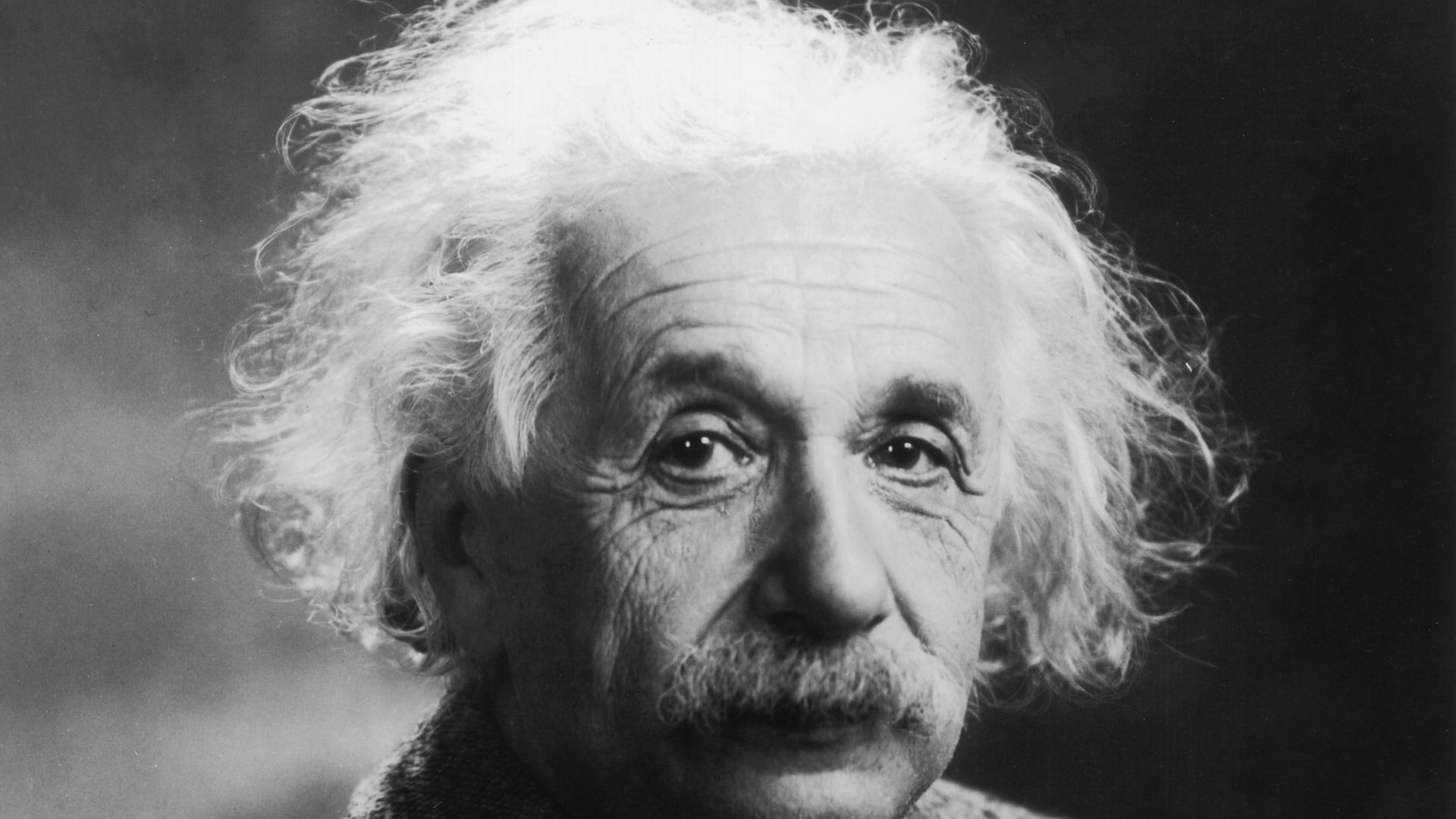 Photograph by Oren Jack Turner, Princeton, N.J., Wikimedia Commons
Photograph by Oren Jack Turner, Princeton, N.J., Wikimedia Commons
When Two Particles Refuse To Act Independently
Take two particles created together. They spin in opposite directions, regardless of how far apart they are. Measure one, and you instantly know the other. This odd bond is quantum entanglement. It works every time, even when the particles are miles away.
When Two Particles Refuse To Act Independently (Cont.)
In 2008, Anton Zeilinger’s team transmitted entangled photons across 144 kilometers between La Palma and Tenerife in the Canary Islands. Then, in 2017, China’s Micius satellite extended this feat to 1,200 kilometers. These experiments proved entangled particles stay linked even across space’s vast, empty stretches.
 Xinhua News Agency, Getty Images
Xinhua News Agency, Getty Images
A Paradox That Refused To Die
Einstein's 1935 argument became known as the EPR paradox. He hoped better science would fix it. However, no hidden explanation could account for the strange results observed in real experiments. For decades, scientists debated whether nature itself might be incomplete or just deeply strange.
The Proof That Left Einstein In The Dust
John Bell proposed a method in 1964 to test whether distant particles truly act independently. He created a simple formula that predicted limits if Einstein's view were to hold. However, experiments repeatedly broke those limits by showing the universe wasn't following the rules Einstein had trusted.
What Bell's Theorem Proved
Bell's idea wasn't just a theory, as it offered scientists a clear way to test whether quantum entanglement was real. When they ran these tests, the results consistently matched quantum predictions. Bell's Theorem showed that no hidden rulebook could explain what was unfolding at the quantum level.
A Laser, A Mirror, And A Physics Revolution
In the early 1980s, Alain Aspect's team utilized lasers to create entangled light particles known as photons. These photons traveled to distant detectors, which measured them in randomly chosen directions. The results surpassed Bell's limits by providing the first strong laboratory proof that entanglement is real.
 Ecole polytechnique, CC BY-SA 2.0, Wikimedia Commons
Ecole polytechnique, CC BY-SA 2.0, Wikimedia Commons

History's most fascinating stories and darkest secrets, delivered to your inbox daily.
Why Entanglement Doesn't Send Messages Faster Than Light
The instant change between entangled particles may sound like a shortcut for communication, yet each result is completely random. Since no one can control the outcome, there is no way to send information in this manner. As a result, Einstein's speed limit remains in effect, even in quantum physics.
 Bartlomiej Wroblewski, Getty Images
Bartlomiej Wroblewski, Getty Images
Why Entanglement Doesn't Send Messages Faster Than Light (Cont.)
To test this further, researchers in 2022 used fast-switching detectors connected by fiber networks. As expected, the results on both sides remained random, even when the detectors switched rapidly back and forth. Although entanglement creates a strong link, it still cannot carry messages faster than light, which holds Einstein's principle.
How Physicists Cornered Quantum Reality In 2015
Critics demanded that every loophole be closed, which led a Dutch team in 2015 to design a careful setup. They placed labs far apart, used fast random switches, and verified each photon. The results left no room for doubt—entanglement defied every local explanation.
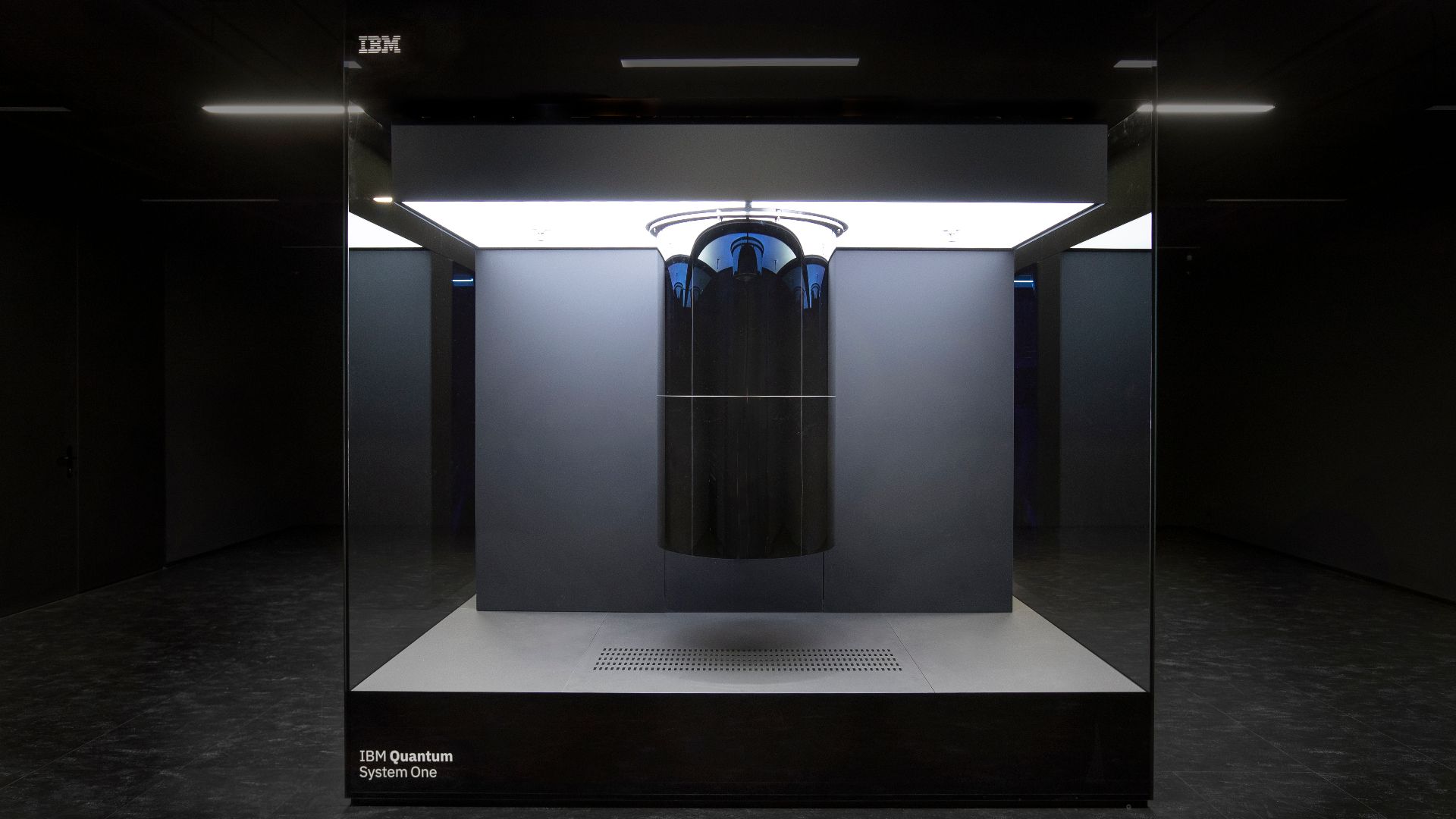 IBM Research, Wikimedia Commons
IBM Research, Wikimedia Commons
Teleportation Is Real—Just Not Like Star Trek
Quantum teleportation works by sending a particle's state, not the particle itself. Scientists combine entanglement with a classical message to copy that state to another particle. This method was proven in 1997 and later confirmed over 870 miles between Earth and China's Micius satellite.
 Xinhua News Agency, Getty Images
Xinhua News Agency, Getty Images
Why Entangled Particles Never Truly Let Go
Scientists fired entangled photons between two Canary Islands in 2012 by sending them over 89 miles through the air. Despite wind and motion, the particles remained linked. Five years later, China's Micius satellite confirmed this from space to show that distance does not weaken quantum entanglement.
 Xinhua News Agency, Getty Images
Xinhua News Agency, Getty Images
The Idea Of Local Reality Just Took A Hit
Bell's tests presented a dilemma: either events happen without clear causes, or distant objects somehow influence each other instantly. Since repeated experiments support the second option, most physicists now reject the notion of local realism. This suggests that reality might be neither entirely local nor fully independent.
Could Everything Be Built From Bits?
John Wheeler once said, "It from Bit"—meaning all things physical arise from information. That idea now fuels real physics. Some researchers believe that particles and even time are derived from data. If true, the universe may be more like a code than a machine.
Spacetime Might Emerge From Quantum Links
Physicists Juan Maldacena and Leonard Susskind made a bold proposal in 2013, which suggested that spacetime could arise from quantum entanglement. They introduced the idea as ER=EPR. If this holds, then wormholes and entangled particles might reflect the same underlying structure of the universe.
Observation Shapes What Becomes Real
Quantum tests reveal that measuring a particle changes what you observe because nature inherently incorporates this behavior into its fundamental workings. Experiments with photons show that they act like waves until they are observed. And observation reveals an outcome while also actively shaping what appears in the first place.
The Strange Advantage Of Quantum Computers
Unlike regular computers, which test one solution at a time, quantum computers explore many paths simultaneously. They do this using entanglement and superposition. Shor's algorithm, for example, can factor large numbers faster than any classical method, which breaks codes that once seemed uncrackable.
Entangled Sensors Could Change How We See The World
Quantum sensors can measure tiny shifts that regular tools miss. To make this work, scientists use squeezed light that’s linked to entanglement. LIGO, the observatory that detects gravitational waves, utilizes these light tricks to enhance sensitivity and capture ripples in space from distant black hole collisions.
 picture alliance, Getty Images
picture alliance, Getty Images
The Chinese Satellite That Bent Physics Over Earth
China's Micius satellite achieved a milestone in 2017 by sending entangled photons over 1,200 kilometers between ground stations. This marked the first successful long-distance test of entanglement through space by confirming that the quantum link remains intact despite traveling across the vacuum between Earth and orbit.
 Xinhua News Agency, Getty Images
Xinhua News Agency, Getty Images
Entanglement's Leap Beyond Borders
Later, researchers used Micius to send quantum information between China and Austria. This cross-border experiment showed that entanglement could power a future internet. Data bypassed traditional cables and instead moved through shared quantum states by laying the groundwork for a network built on physics, not wires.
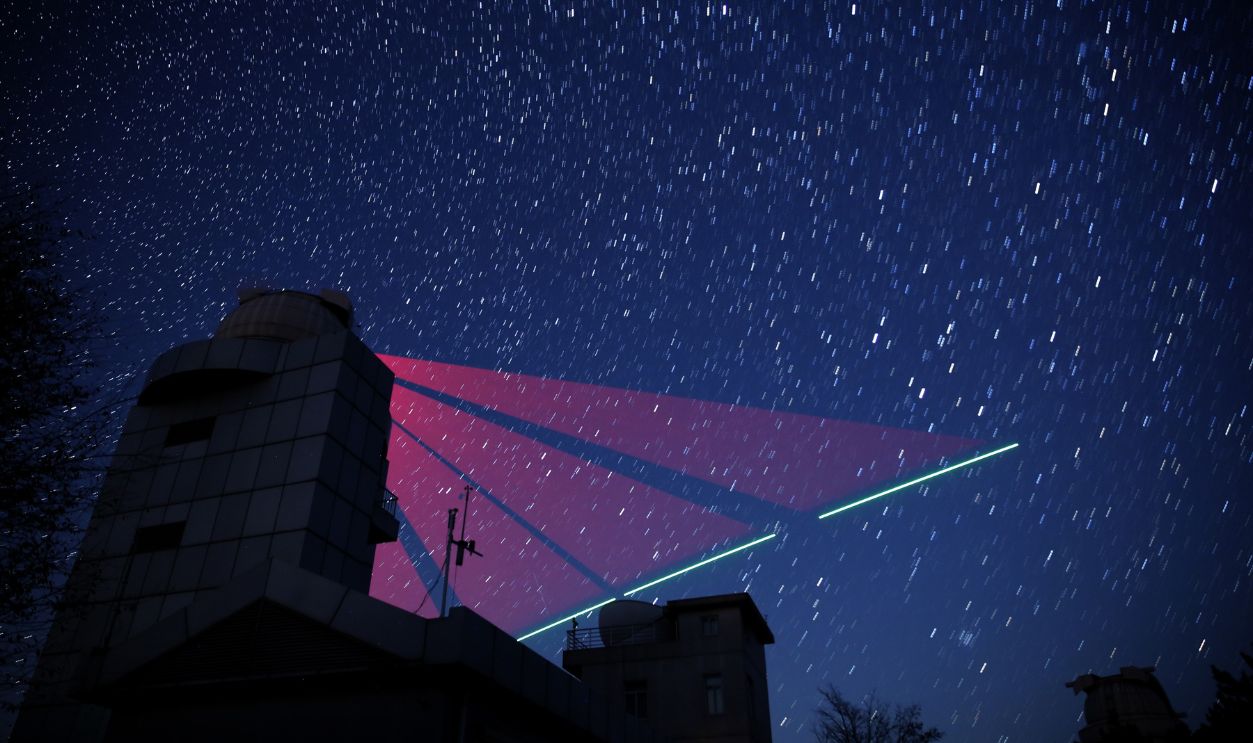 Xinhua News Agency, Getty Images
Xinhua News Agency, Getty Images
Can The Mind Itself Be Entangled With Matter?
In 1961, physicist Eugene Wigner posed the question of what happens when a friend makes a quantum measurement and another observer watches the friend. The result depends on who's watching. This led to questions about whether consciousness itself affects outcomes, a debate still alive in modern interpretations.
The Hidden Layer Beneath What We See
Physicists Louis de Broglie and David Bohm proposed a model where particles have hidden paths guided by a wave. This pilot-wave theory doesn't break quantum predictions but suggests a deeper layer of reality. Though not mainstream, it still offers a working alternative to standard views.
Does Free Will Survive In A Quantum World?
Some physicists argue that if outcomes are fixed before choices are made, then true freedom might be an illusion. This idea, called superdeterminism, suggests that experimenters' decisions may be part of the system. And Bell worried this could explain quantum results at the cost of free will.
Entanglement And The Illusion Of Separation
Entangled particles act as if no space lies between them. Some thinkers extend this to people and even thought. Quantum theory, they argue, may reflect a universe where everything is connected beneath the surface, despite what our senses suggest.




